detail profile hal linden
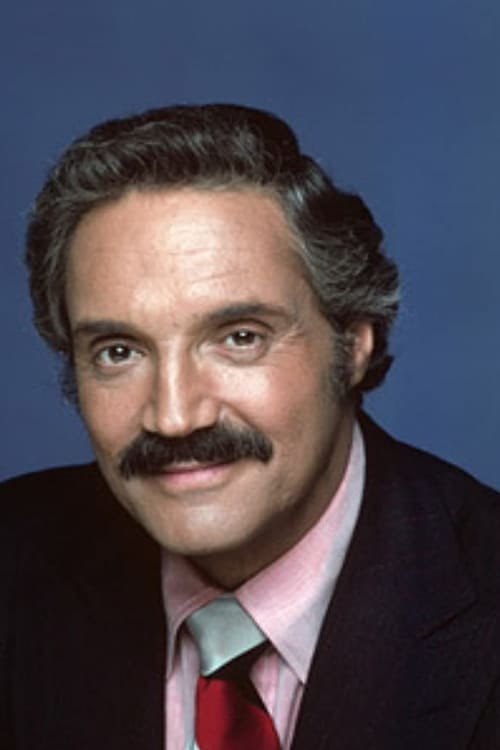
Riwayat Hidup
Born in 1931, Bronx-born Hal Linden was the son of Charles Lipshitz and Frances Rosen and had an older brother who would become a future professor of music at Bowling Green State University, Ohio.
Similarly musical, Hal took up classical clarinet in his late teens and played regularly with symphony orchestras.
After graduating from the High School of Music and Art in Manhattan, he studied music at Queens College, moving later to City College to pursue business.
Hal also played in dance bands and was asked to join Sammy Kaye on tour before being drafted into the Army, where he sang and provided entertainment for the troops.
This sparked an interest in acting, and, upon receiving his discharge, he enrolled at New York's American Theatre Wing where he trained in voice and drama.
In 1955, Hal met Frances Martin, a dancer.
They married three years later, and she gave up her career to raise a family.
Hal's first Broadway show was in "Bells Are Ringing" where he understudied lead Jeff Moss.
During the 1960s, Hal accumulated more musical credits in "On a Clear Day You Can See Forever," "Subways Are for Sleeping," "The Apple Tree" and "The Pajama Game.
" He won the 1971 Tony award for his role in "The Rothschilds.
" This particular stage success led to a TV career that culminated in the title role on the popular Barney Miller (1974) sitcom.
Emmy-nominated every year the program aired, Hal became a household name.
Since that time, he has appeared in other lesser TV series including Blacke's Magic (1986), and Jack's Place (1992).
He has held a secondary presence in such films as A New Life (1988) and Out to Sea (1997).
More musical leads such as "I Do! I Do!" and "The Pajama Game" came his way, along with dramatic pursuits in "I'm Not Rappaport" and "The Sisters Rosenzweig.
" Hal has also undertaken musical tours in his continuing role as clarinetist.
He and wife Frances are avid golfers during their spare time.
Info Pribadi
Peran Yang Di Mainkan Hal Linden
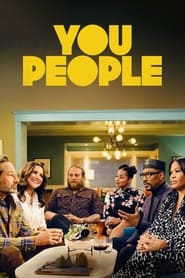 A new couple and their families...
A new couple and their families...You People 2023
A new couple and their families reckon with modern love amid culture clashes, societal expectations and generational differences.
 The year is 1890 and Bible professor...
The year is 1890 and Bible professor...Time Changer 2003
The year is 1890 and Bible professor Russell Carlisle has written a new manuscript entitled "The Changing Times". His colleague, Dr. Norris Anderson, believes that what Carlisle has written could greatly affect the future of coming generations and, using his secret time machine, Anderson sends Carlisle over 100 years into the future, offering him a glimpse of where his beliefs will lead.
 Broadway The Golden Age is the...
Broadway The Golden Age is the...Broadway: The Golden Age, by the Legends Who Were There 2003
Broadway: The Golden Age is the most important, ambitious and comprehensive film ever made about America's most celebrated indigenous art form. Award-winning filmmaker Rick McKay filmed over 100 of the greatest stars ever to work on Broadway or in Hollywood. He soon learned that great films can be restored, fine literature can be kept in print - but historic Broadway performances of the past are the most endangered. They leave only memories that, while more vivid, are more difficult to preserve. In their own words — and not a moment too soon — Broadway: The Golden Age tells the stories of our theatrical legends, how they came to New York, and how they created this legendary century in American theatre. This is the largest cast of legends ever in one film.
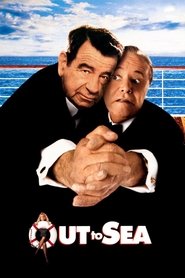 Carefree Charlie cons his widower brotherinlaw...
Carefree Charlie cons his widower brotherinlaw...Out to Sea 1997
Care-free Charlie cons his widower brother-in-law Herb into an expenses-paid luxury cruise in search of rich, lonely ladies. The catch is that they are required to be dance hosts! With a tyrannical cruise director, and the luscious Liz and lovely Vivian, our heroes have lots of mis-adventures before they finally return to port.
 A man and his family move...
A man and his family move...The Colony 1995
A man and his family move from a crime-ridden inner city suburb to a self-proclaimed violence-free haven overseen by a godlike businessman. However, they soon discover that life in The Colony is much more sinister than it first appeared.
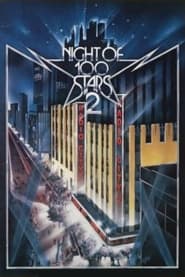 This special is the second Night...
This special is the second Night...Night of 100 Stars II 1985
This special is the second "Night of 100 Stars" to benefit The Actors Fund of America. Edited from a seven-hour live entertainment marathon that was taped February 17, 1985, at New York's Radio City Music Hall, this sequel to the 1982 "Night of 100 Stars" special features 288 celebrities.
 After losing his wife of 28 years...
After losing his wife of 28 years...The Other Woman 1983
After losing his wife of 28 years in a skiing accident, widower Lou Chadway (Hal Linden) falls for and marries his daughter's sexy roommate but soon learns that he has absolutely nothing in common with her. Peg Gilford (Anne Meara) is a divorced grandmother who comes along to take Lou's mind off her and they embark on a secret love affair.
 Starflight One a commercial aircraft that...
Starflight One a commercial aircraft that...Starflight: The Plane That Couldn't Land 1983
Starflight One, a commercial aircraft that can whisk passengers around the globe in a matter of hours, embarks on its maiden voyage. The trip goes horribly awry, however, when the aircraft is forced out of the atmosphere and into outer space. As it is too dangerous to attempt reentry, Captain Cody Briggs, his passengers and his crew brave declining levels of oxygen while NASA scientists scramble to launch a rescue mission in a race against time.
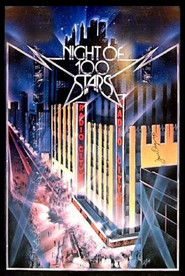 The most glittering expensive and exhausting...
The most glittering expensive and exhausting...Night of 100 Stars 1982
The most glittering, expensive, and exhausting videotaping session in television history took place Friday February 19, 1982 at New York's Radio City Music Hall. The event, for which ticket-buyers paid up to $1,000 a seat (tax-deductible as a contribution to the Actors' Fund) was billed as "The Night of 100 Stars" but, actually, around 230 stars took part. And most of the audience of 5,800 had no idea in advance that they were paying to see a TV taping, complete with long waits for set and costume changes, tape rewinding, and the like. Executive producer Alexander Cohen estimated that the 5,800 Radio City Music Hall seats sold out at prices ranging from $25 to $1,000. The show itself cost about $4 million to produce and was expected to yield around $2 million for the new addition to the Actors Fund retirement home in Englewood, N. J. ABC is reputed to have paid more than $5 million for the television rights.
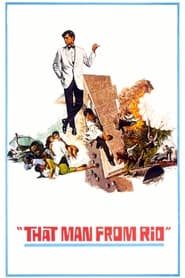 French military man Adrien Dufourquet gets...
French military man Adrien Dufourquet gets...That Man from Rio 1964
French military man Adrien Dufourquet gets an eight-day furlough to visit his fiancée, Agnès. But when he arrives in Paris, he learns that her late father's partner, museum curator Professor Catalan, has just been kidnapped by a group of Amazon tribesmen who have also stolen a priceless statue from the museum. Adrien and Agnès pursue the kidnappers to Brazil, where they learn that the statue is the key to a hidden Amazon treasure.
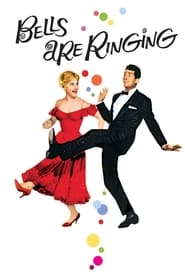 Ella Peterson works in the basement...
Ella Peterson works in the basement...Bells Are Ringing 1960
Ella Peterson works in the basement office of Susanswerphone, a telephone answering service. She listens in on others' lives and adds some interest to her own humdrum existence by adopting different identities for her clients. They include an out-of-work Method actor, a dentist with musical yearnings, and in particular playwright Jeffrey Moss, who is suffering from writer's block and desperately needs a muse.
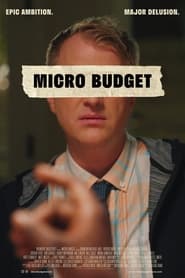 A mockumentary about an absolute moron...
A mockumentary about an absolute moron...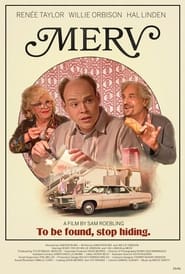 Following his latest romantic humiliation Simon...
Following his latest romantic humiliation Simon...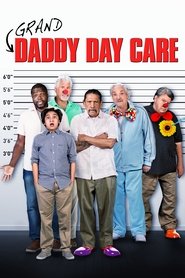 A man has to figure out...
A man has to figure out...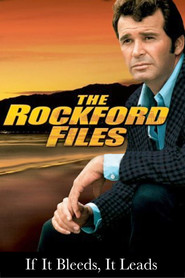 Jim Rockford must help a friend...
Jim Rockford must help a friend... Friends try to dissuade a suicidal...
Friends try to dissuade a suicidal...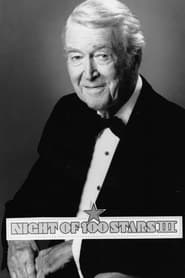 A celebrity benefit for The Actors...
A celebrity benefit for The Actors...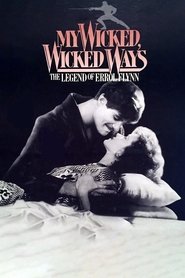 The life and wanton times of...
The life and wanton times of...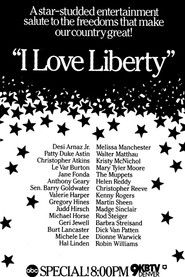 An allstar variety special saluting America
An allstar variety special saluting America